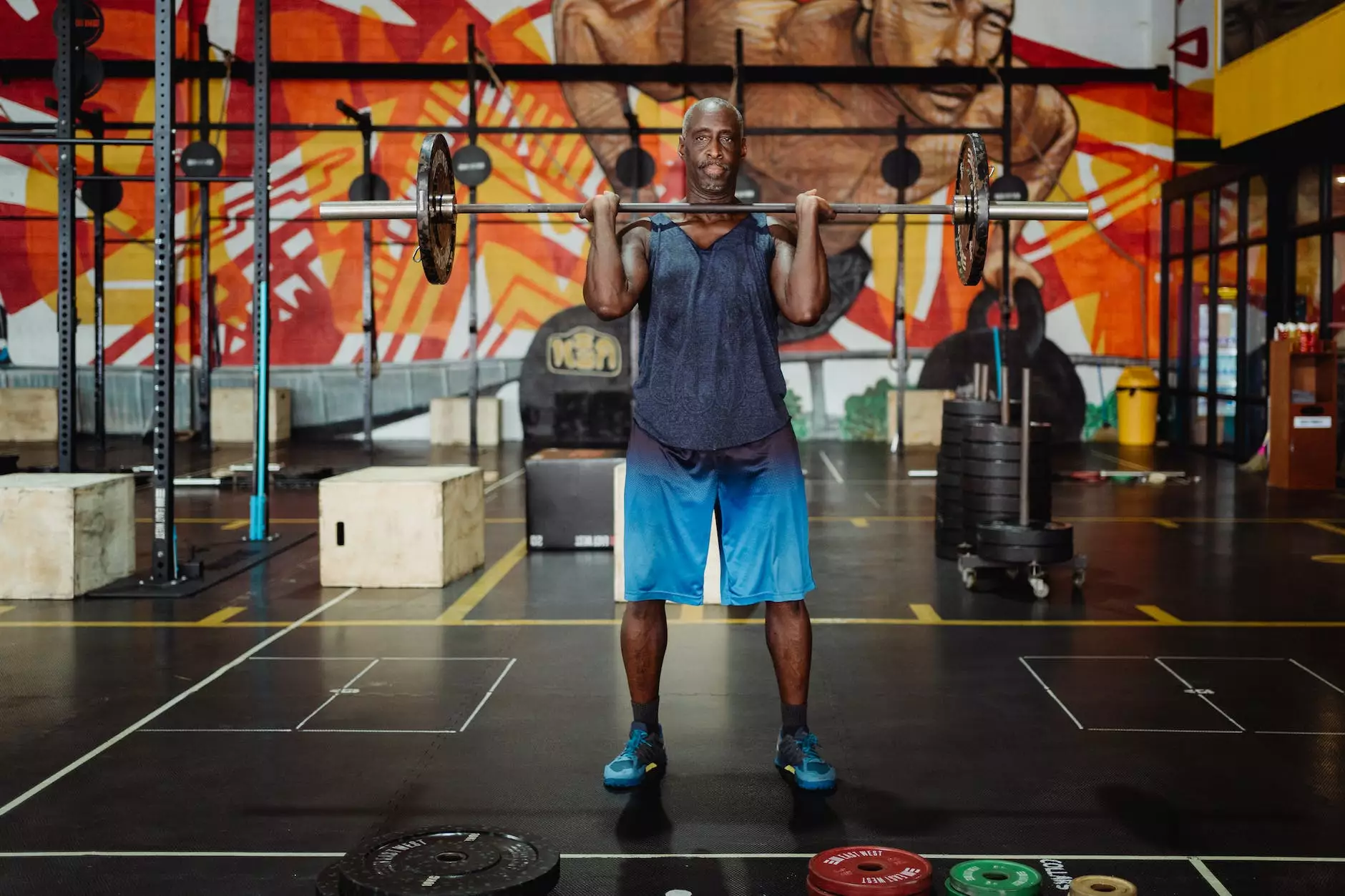Lifting Techniques - Selma
Conditions
Introduction
Welcome to the comprehensive guide on lifting techniques to help you achieve a healthier and stronger body. In this article, we will explore various tips and strategies recommended by Mary Jo Giagiari, D.C., a renowned expert in health and wellness. Whether you're a fitness enthusiast or simply looking to improve your lifting form, this guide has got you covered.
Importance of Proper Lifting Techniques
Proper lifting techniques are crucial to prevent injuries and promote overall physical well-being. Whether you're involved in weightlifting, manual labor, or daily activities that require lifting, understanding and implementing the correct techniques can significantly reduce the risk of strains, sprains, and other lifting-related injuries.
By utilizing proper lifting techniques, you can effectively distribute the weight and stress evenly throughout your body, minimizing the strain on specific muscles or joints. This can lead to improved muscle development, increased strength, and enhanced overall fitness.
1. Preparing for Lifting
Prior to engaging in any lifting activity, it is important to warm up your muscles and prepare your body for the exertion. This helps loosen your muscles, increases blood flow, and prepares your joints for the upcoming stress. Incorporate dynamic stretching exercises and light cardiovascular activities to warm up your body.
1.1 Stretching Exercises
Focus on performing dynamic stretching exercises to warm up key muscle groups involved in lifting. This includes exercises such as leg swings, arm circles, torso twists, and lunges. Dynamic stretching helps improve your range of motion and prepares your muscles for the upcoming lifting activity.
2. Proper Lifting Techniques
Now let's delve into the key aspects of proper lifting techniques to ensure maximum safety and effectiveness:
2.1 Maintaining Proper Form
One of the most important elements of proper lifting techniques is maintaining a neutral spine and proper posture throughout the movement. Engage your core muscles and keep your back straight, avoiding excessive rounding or arching. Bend at your knees and hips, not at your waist, to lift objects from the ground. This reduces the strain on your lower back and minimizes the risk of injuries.
2.2 Breathing Techniques
Proper breathing techniques are crucial during lifting to stabilize your core and maintain optimal intra-abdominal pressure. Inhale deeply before lifting and exhale forcefully during the exertion phase. This helps support your core muscles and provides stability, allowing you to lift heavier loads without compromising your form.
2.3 Weight Distribution
When lifting objects, it is important to distribute the weight evenly to avoid putting excessive strain on specific muscle groups. Keep the load close to your body and use both hands to maintain balance and stability. Avoid twisting or jerking motions that can lead to injuries.
3. Tips for Specific Lifting Activities
3.1 Weightlifting
If you're involved in weightlifting, it is essential to follow proper techniques to maximize the benefits and prevent injuries. Start with lighter weights to master the correct form and gradually increase the load as your strength improves. Focus on compound exercises that target multiple muscle groups simultaneously, and always warm up adequately before each session.
3.2 Manual Labor
For individuals involved in manual labor or job-related lifting tasks, it is crucial to prioritize safety and ergonomics. Seek guidance from experts in occupational health to learn proper lifting techniques and utilize assistive devices when necessary. Take regular breaks, vary your tasks, and listen to your body's limits to prevent overexertion and injuries.
Conclusion
Mastering proper lifting techniques is essential for maintaining a healthy and injury-free lifestyle. By following the guidelines provided by Mary Jo Giagiari, D.C., you can significantly reduce the risk of lifting-related injuries and achieve optimal results. Remember to always prioritize safety, listen to your body, and consult a healthcare professional if you have any underlying health conditions.
Implementing these comprehensive lifting techniques will not only enhance your physical performance but also contribute to your overall well-being. Stay committed, practice regularly, and enjoy the benefits of improved strength, flexibility, and a healthier body.










